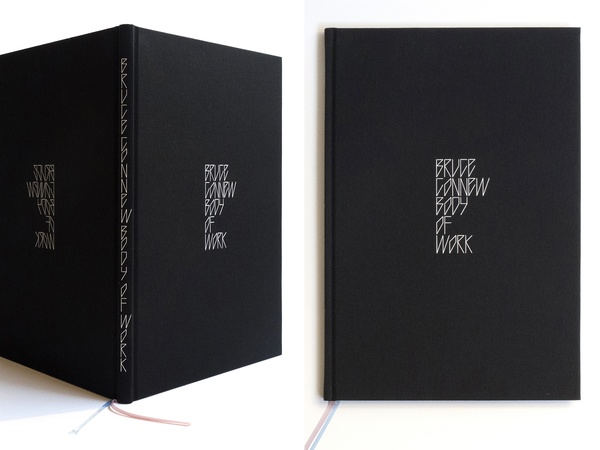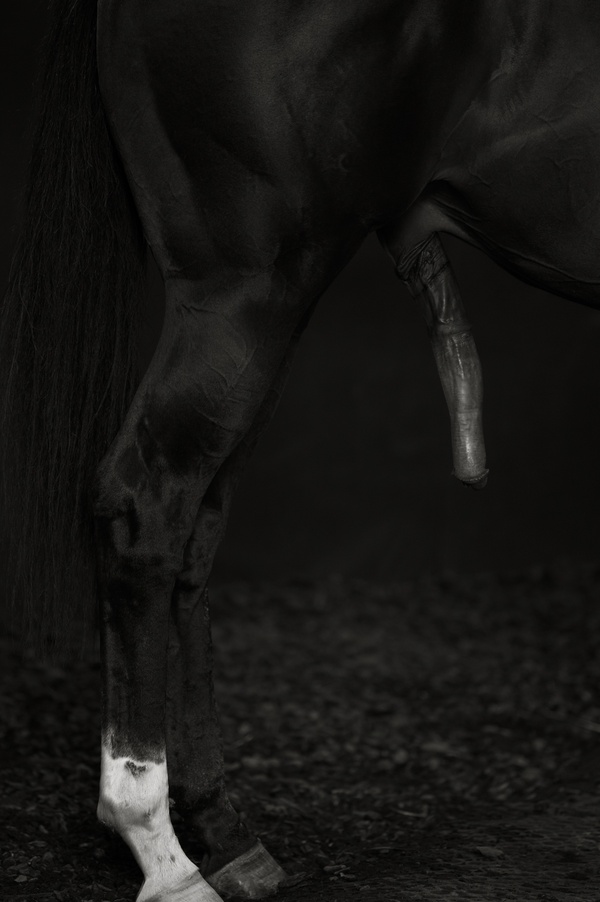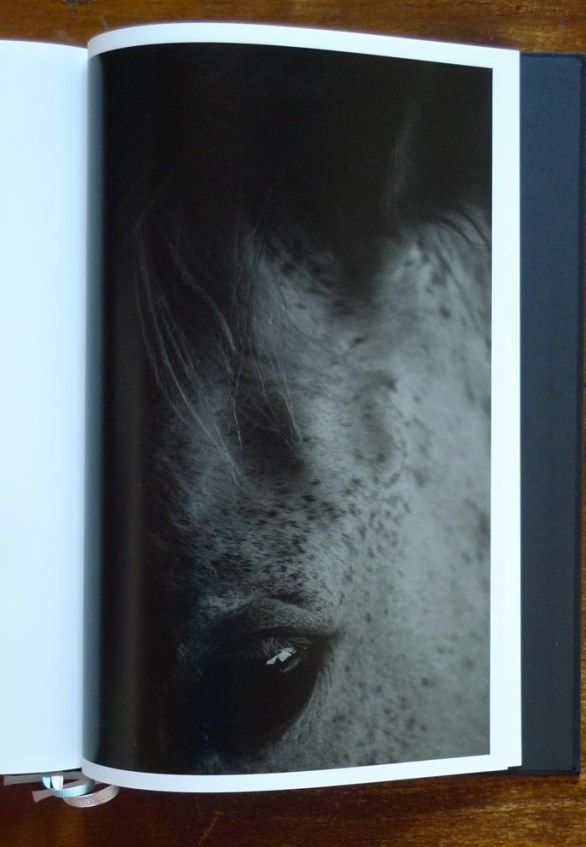reviews
2016-07-11
How to start talking about this book?

Christer Ek ... ‘who needs another photo blog’.
How to start talking about this book? Perhaps noting that this book is one of the weirdest that I have seen recently. In 2014, when Bruce went round the publishers, the answer was quite unanimous: this book cannot be published… too strong. What a strange answer! It is true that many publishers have become very cautious and unwilling to take any risks, despite the fact that it is their role. Some even ask photographers to participate in the production of their book through crowdfunding campaigns. We are far from a Robert Delpire who, against all American reluctance and with a resolutely avant garde editorial approach, published “Les Américains” by Robert Frank and “New York” by William Klein.

Let’s be back to our subject. No clues about the subject when we discover the book. A black linen cover with just the photographer’s name : Bruce Connew, followed by the title of the book : Body of Work. We open the book on a new black page before arriving to the title page, inserted on a special light blue paper : this blue used by parents to repaint the room of the boy to come. The last page of the book, which includes a text from the author and the colophon is … pink, the same pink with which parents repaint the bedroom of the girl to come. Two ribbons to mark pages are of these same colors. I always like, when I discover a new book, to look at the title page, and then go through the colophon before interesting myself in the content itself.
We then return to the beginning of the book and, between two white pages, we find inserted a small photograph of wildflowers, like a torn page of a notebook or a diary like those used to note the daily tasks. And the first image appears on the following page. A large dark image on which we recognize the hoof and lower part of the leg of a horse and his erect penis. A slow rythm will settle through the pages, double pages alternating with blank ones, all in a certain dim light. Muscles tense, we are witnessing a beautiful ballet between the stallion and the mare. The book is violent and intense. He tells us about the reproductive process within the equine world. But beyond this, it is also the story of a fascination Bruce Connew had since a former photograph he saw a long time ago already. His first approach was still uncertain and one can imagine the surprise of the owner of the barn when Bruce told him about his plan! This is the way a new work emerges, there is a kind of intuition of the subject that is often difficult to formulate; this is classic, the subject will be built slowly. In the case of Bruce Connew, the idea of documenting the world of horse-breeding was full of presupposition, but after spending months scrutinizing the horse breeding process, he became attentive to every detail! And from that patience was born this superb book. You could almost miss an important aspect of the work, focused on the formalist photographs, shapes and light that glides on the fur. But taking the time to look at pictures, back and forward, you may discover all the sensitivity of this work that appears in the amazing gazes. Everything happens in the dark, you have to be constantly attentive to detect these tiny details. If the eyes are the mirror of the soul, Bruce asserts: Through mournful eyes, they would make known an understanding of their peculiar predicament.
The book is beautifully printed, which is necessary to render this special atmosphere of the barn in a dim light, we come to smell the musky smell of horses, the sweat, the semen. What was formerly related to economic issues simply becomes sensitive. For those who followed horse races and bets at bookmakers, you know the importance of filiation in the racehorses world, the temptation of a genetic optimization for the “perfect” animal with “absolute” qualities. But all that is set aside here and Bruce well says : I wonder now whether this was my construction, and sprang from somewhere other than what I witnessed in the breeding barn. His work is convincing because, at the end of his book, we ask ourselves the same question! I will probably never look at a mare the way I did before this book. And to be honest, it has taken me some time to really enter this book, but it is definitely worth a review.

And by the way, the 38 images of the series (size 800 x 532mm, frame size 830 x 562 mm) are available for international exhibitions, and I would love to see them, because, even if the book is beautiful, I would so much appreciate to see the large prints.
Hardcover book self published in 2015 in New Zealand ; 24 x 35 cm, black linen cover, 68 pages with 38 black and white photos. Signed and numbered in an edition of 600 copies.
‘who needs another photo blog’